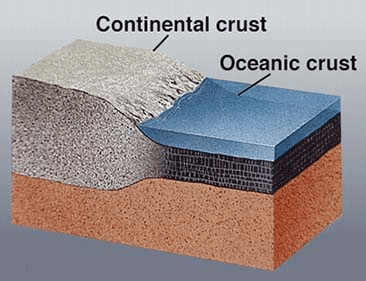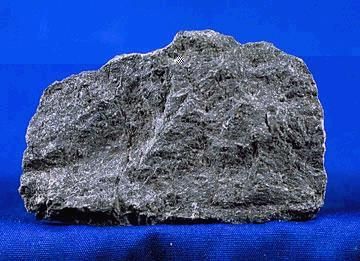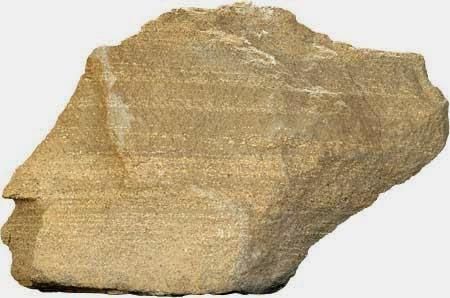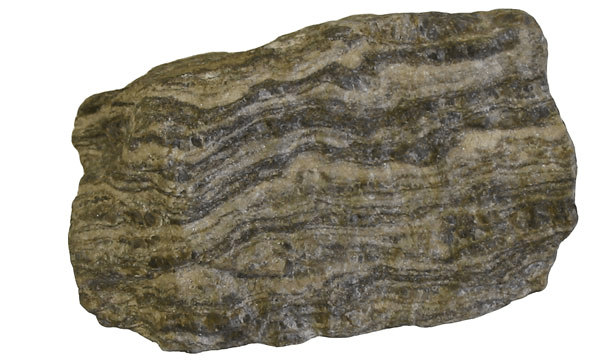Class 7 Geography Chapter 2 Question Answers - Inside Our Earth
Q.1: Our earth is constantly undergoing changes inside and outside.( T/F)
Ans: True
Q.2: The uppermost layer of the earth surface is called the…………….
Ans: Crust
Q.3: The oceanic crust mainly consists of ………………and …………….
Ans: Silica and Magnesium
 Oceanic Crust
Oceanic Crust
Q.4: Any natural mass of mineral matter that makes up the earth’s crust is called……………….
Ans: Rock
Q.5: All rocks are made up of the same minerals. (T/F)
Ans: False
Q.6: The radius of the earth is……………km.
Ans: 6371
Q.7: The deepest mine of the world is in which country.
Ans: South Africa
Q.8: The upper crust is made up of minerals like silicon and aluminium while lower constitutes silicon and magnesium. (T/F)
Ans: True
Q.9: Basalt is the example of which of the following rocks-
a. Igneous
b. Sedimentary
c. Metamorphic
d. primary
Ans: Igneous
 Basalt
Basalt
Q.10: Deccan plateau is made up of …………………rocks.
Ans: Basalt
Q.11: Is the earth a dynamic planet?
Ans: Yes
Q.12: Where is the deepest mine in the world located?
Ans: In South Africa, about 4 km deep.
Q.13: Due to intense heat and pressure, the granite rocks change into
a. Schist
b. Slate
c. Marble
d. Gneiss
Ans: Gneiss
Q.14: Which of the following is not the transform form of rocks?
a. Slate
b. Q.uartzite
c. Marble
d. Sandstone
Ans: Sandstone
 Sandstone
Sandstone
Q.15: Sedimentary Latin word sedimentum meaning………………….
Ans: Settle down
Q.16: Igneous rocks form when molten magma cools and solidifies.(T/F)
Ans: True
Q.17: The innermost layer is the core with a radius of about…………km.
Ans: 3500 km
Q.18: Coal, gold, and petroleum are examples of-
a. Rocks
b. Fossil
c. Minerals
d. Sand
Ans: Mineral
Q.19: Define the rock cycle?
Ans: The process of transformation of the rock from one to another is known as the rock cycle.
 Gneiss
Gneiss
Q.20: Core is made up of………… and …………….
Ans: Nickel, iron
|
63 videos|552 docs|46 tests
|
FAQs on Class 7 Geography Chapter 2 Question Answers - Inside Our Earth
| 1. What are the layers of the Earth? |  |
| 2. How thick is the Earth's crust? |  |
| 3. What is the composition of the Earth's mantle? |  |
| 4. What is the temperature of the Earth's core? |  |
| 5. How do scientists study the Earth's interior? |  |






















